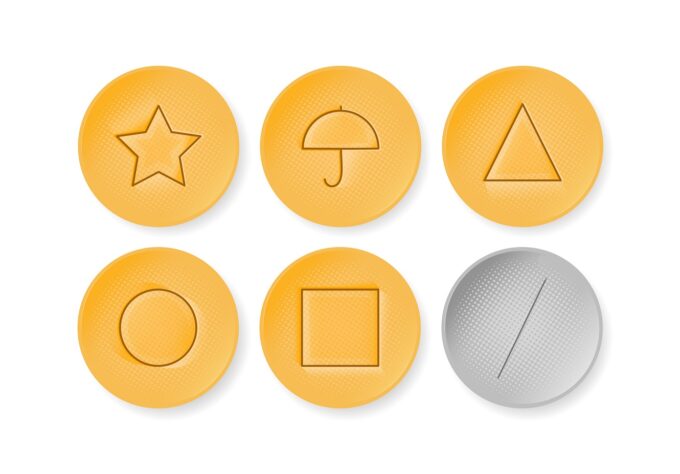There is so much information constantly flowing into families’ lives about the state of the world, with daily news headlines that have the potential to create distress. Children hear about what’s going on in the world through social media, friends, or adult conversations. But news headlines aren’t always about news; they’re often about what will get the most attention, ranging from uplifting stories to scary events. It’s important that you leave the door open to have conversations with your child about trending news and social media — and other things they may hear about the news. Starting a Discussion About a Current Event It’s often best to start with finding out what your child already knows. You can ask your kids questions to see if they know about a current event. For school-age kids and teens, you can also ask what they have heard at school or on social media. Try […]











